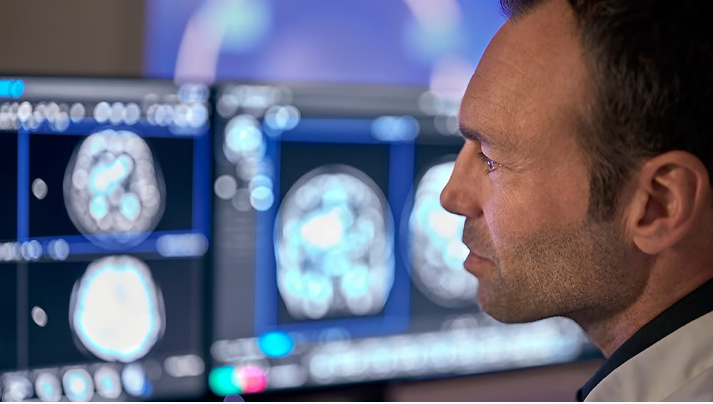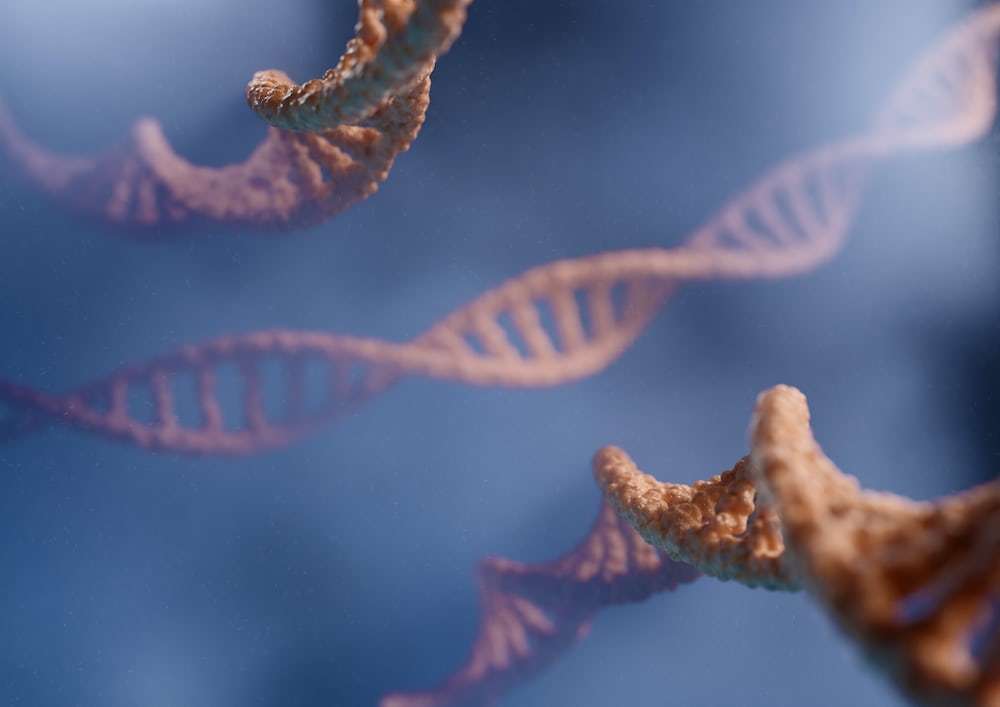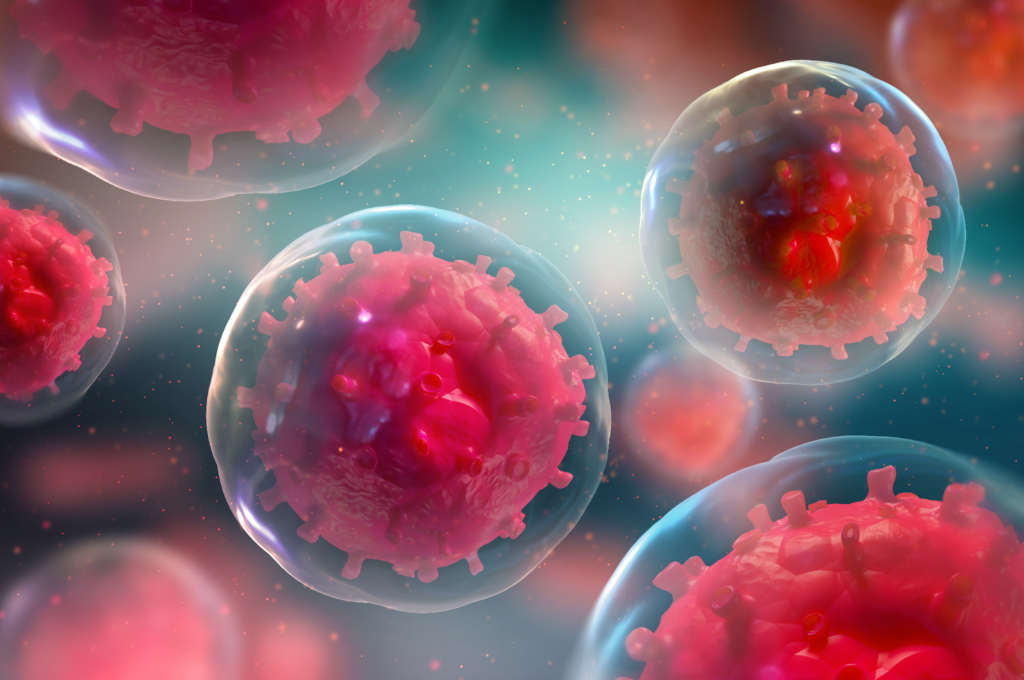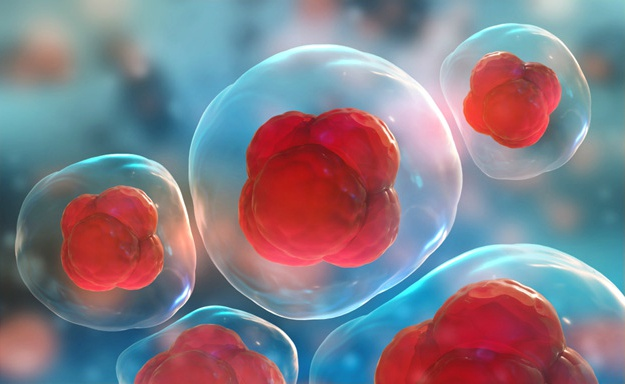Defeating Time: A breakthrough in Aging.
Something you can’t see or hear until years go by. Something you recognize as simple and yet impossible to avoid. Something that is known as both the cruelest and most beautiful law in all of nature. Something that neither the richest nor poorest person can escape from. That something is time.
Throughout mankind, humans have been able to conquer just about everything, from their minuscule problems to global affairs. However, with all of our minds combined, we still failed to defeat the toughest opponent of all: time. For what seems like since the origin of the universe, it appeared as the one unstoppable force that nobody could fight.
That is until 2022. While this year beckoned the end of the COVID-19 pandemic, it also brought along news about a case study conducted by David Sinclair, a molecular biologist who spent the vast majority of his career (twenty years) searching for ways to reverse aging and undoing time in the process. While the beginning of his journey was unsuccessful, he didn’t give up.
The study split up two different mice (siblings born from the same litter) and genetically altered one of them to make them considerably older, something that was a marked success. While this alone is not indicative of a reversal in aging, it does bring up an important question: if time could be sped up, could it also be slowed down or even undone altogether? However, before we get to that, we need to understand just how the mice were genetically altered and why.
Image credit: https://www.cnn.com, depiction of two mice from the same litter being drastically different in age appearance.
Many believe that aging is caused due to cell damage, but that’s not exactly accurate. That is one of the reasons, yes, but that’s not the main cause. Instead, we should look at the heart of the matter: the epigenome. It is what determines what each cell becomes and how it works, an instructional manual of sorts for each cell. When the epigenome malfunctions, the “instructions” of the cells are lost, thus resulting in the cell failing to continue functioning.
So, Sinclair utilized gene therapy to get the cells their instructions to continue working and the results were shocking. Sinclair wasn’t only able to display success in accelerating aging, but also reversing it as well by nearly 60%. What’s more, this appears to be limitless, with Sinclair even citing that “[he’s] been really surprised by how universally it works. [Him and his team] haven’t found a cell type yet that [they] can’t age forward and backward.”
This expands beyond mice: it has already been utilized to reverse aging in non-human primates through the use of doxycycline, an antibiotic with gene reprogramming potential, with rapid success. There has even been some human experimentation, with gene therapy being done on human tissues in lab settings.
The ability to reverse aging across the board brings up more than just stopping time, it also enables the possibility of halting sickness relating to aging. In retrospect, these illnesses (like dementia and Alzheimers among others) are caused due to cell malfunction. If the reversal of aging is potent enough, it runs the risk of also undoing these illnesses.
With the potential to halt aging and enable people to live into their hundreds without fear of age-related illnesses, it does bring up countless possibilities. If we can already undo aging on a small scale, imagine what the future ten, fifty, or even a hundred years from now can behold.
- https://www.cell.com/cell/fulltext/S0092-8674(22)01570-7
- https://time.com/6246864/reverse-aging-scientists-discover-milestone/
- https://www.cnn.com/2022/06/02/health/reverse-aging-life-itself-scn-wellness/index.html






